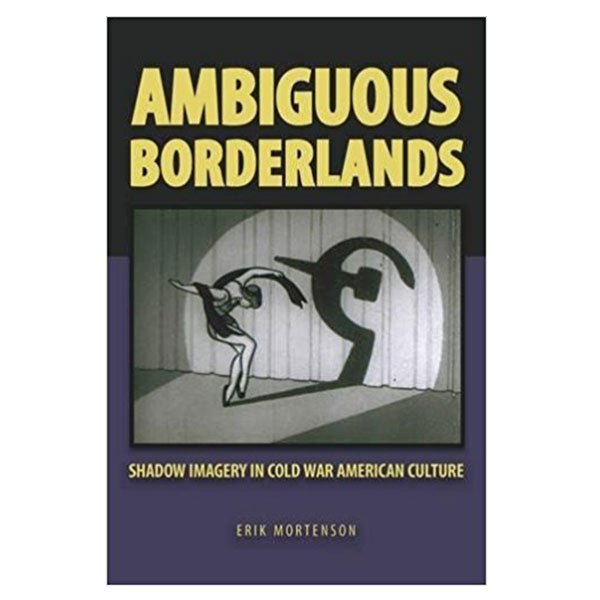Erik Mortenson discusses his book Ambiguous Borderlands and the pervasiveness of shadow imagery in Cold War materials. Ambiguous Borderlands: Shadow Imagery in Cold War American Culture (Southern Illinois University Press, 2016) investigates the role shadows play in Cold War literary and popular texts. Informed by research at the Ransom Center,… read more
Cold War culture
Filed Under: Featured1, Research + Teaching Tagged With: Allen Ginsberg, Beats, Cold War, Dorot Foundation Postdoctoral Research Fellowships in Jewish Studies, Fellowships, Jack Kerouac, literature, poetry




